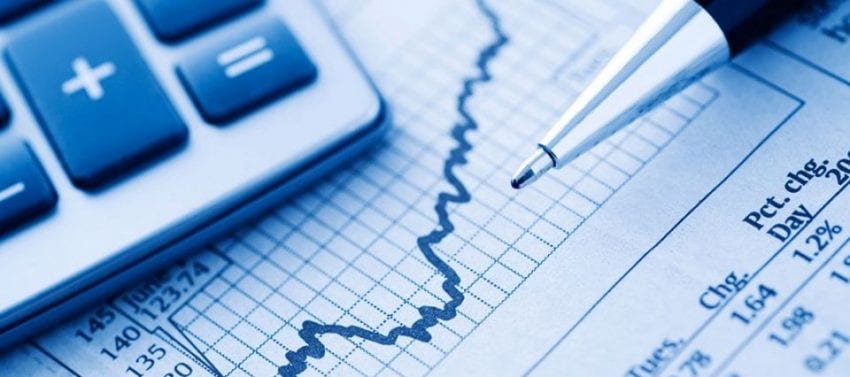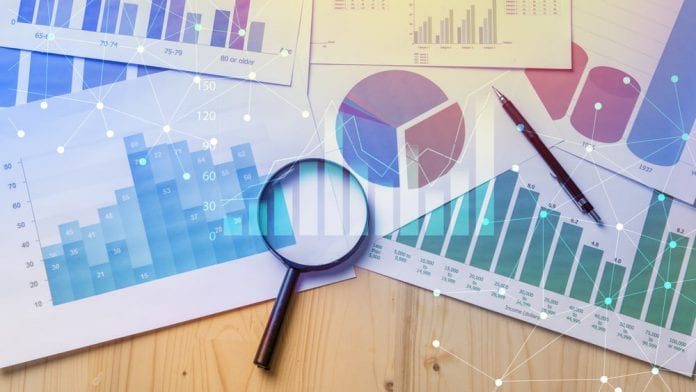When assessing the logic that works behind the economic markets, many people have likely heard the conventional adage from experts that says it’s best to watch market trends. Specifically, this adage says that the “trend is your friend,” and this wide advice can work well. However, it is also important to understand and accept that economic trends can also reverse and come to an end. In these cases, the trend is not exactly anyone’s friend.
So, how is it possible to determine the most accurate direction of an economic trend? Many experts will revert to the K.I.S.S. rule. Of course, this rule says that participants should “keep it simple, stupid” and there is often equal validity to the logic of this approach. This is why everyone should develop a method that can be used to determine the direction of the trend and a simple (but effective) method that can be used to anticipate the final moments of an economic trend.

To get started, it is important to mention and to understand the importance that time frames can have whenever an attempt is made to determine the direction of an economic trend. According to tutorials from AskTraders.com, the ability to analyze long-term economic trends requires the broadest time frames to be considered to be more influential relative to shorter time frames. Additionally, when dealing with intraday assessments, shorter-term time frames are often more valuable.
In general, market assessments can be divided and then separated into three segment classes: intraday, swing, and long term positioning. Major commercial institutions (i.e. companies that establish production units at locations in foreign countries) can often have a significant stake in the value of global currencies for the long term (i.e. months or years). However, there are also many speculators that might prefer to assess trends using a daily chart or weekly chart.
Trends and Moving Averages

Using a daily chart or weekly chart as a point of reference, participants can then begin to make considerations about determining a long-term outlook trend for trend activity. To do this, participants will often look to use two important tools which can aid in the process of determining the economic trend. The two tools which tend to be implemented in these cases are the exponential moving average and the simple moving average.
Using a weekly chart, participants can see that certain trends begin to develop over the long term when exponential moving average hold above specific ranges (i.e. the 55-period simple moving average of the 200-period exponential moving average). These tools can be useful when looking to determine the economic trend.
Spotting Changes in Economic Trends

In many cases, a 20-day simple moving average will establish a cross above (or under) a 55-day simple moving average. Whenever both moving averages are sloping in the same direction (upward or downward), this can be important when determining an economic trend. In other cases, participants might notice that short term simple moving averages can go relatively flat. However, once the economic trend begins to turn up (or down), participants will see that the economy is now indicating changes in the underlying trend.
Ultimately, the goal for participants is to determine and assess the general direction of the trend. Of course, that does not mean these assessments will be completely accurate in all cases. So, for those participants that want to follow the direction of the trend, it is often a good idea to wait for economic trends run their course and eventually resume so that the dominant forces of the markets can take control (and begin again) for the economy.









